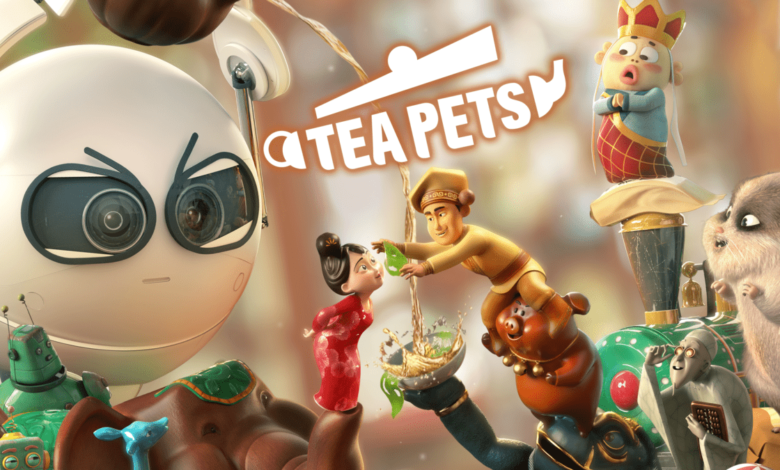Exploring the Tradition and Charm of Tea Pets

Tea, beyond its refreshing taste and cultural significance, holds a unique tradition that has captivated tea enthusiasts for centuries. Among the various rituals and practices associated with tea culture, the use of “tea pets” stands out as a charming and often overlooked aspect. In this article, we delve into the world of tea pets, uncovering their history, significance, and the enduring allure they hold for tea aficionados worldwide.
Understanding Tea Pets: An Introduction
Tea pets, known as “Yixing zisha” or “purple clay” in Chinese, are small figurines crafted from special clay, traditionally found in the Yixing region of China. These adorable companions are placed on the tea tray or tea table during tea ceremonies or daily tea sessions. Made in various shapes and forms, from mythical creatures to animals and even human figures, tea pets add a touch of whimsy and companionship to the tea-drinking experience.
A Brief History of Tea Pets
The tradition of tea pets dates back to the Ming Dynasty (1368-1644) in China. During this period, Yixing clay artisans began crafting teapots and other tea accessories from the unique purple clay found in the region. As tea drinking gained popularity, the practice of using small clay figurines as companions during tea sessions emerged.
Initially, tea pets were primarily decorative items, often shaped like animals or auspicious symbols, and placed alongside teaware as a form of decoration. However, over time, they evolved into more interactive elements of the tea ceremony, as tea drinkers began to incorporate rituals involving their tea pets.
The Significance of Tea Pets in Tea Culture
Tea pets hold a symbolic significance in tea culture, representing various virtues and beliefs. They are believed to absorb the essence of the tea poured over them during brewing, gradually changing color and developing a patina over time. This transformation is thought to reflect the connection between the tea drinker, their tea, and the tea pet itself.
Beyond their symbolic significance, tea pets also serve a practical purpose during tea sessions. They act as a barometer of water temperature, as pouring hot tea over them reveals the temperature through changes in color or texture. This helps tea enthusiasts ensure that their water is at the optimal temperature for brewing different types of tea.
Caring for Tea Pets: Rituals and Practices
Tea pets require care and attention to maintain their appearance and symbolism. Tea drinkers often perform rituals such as “tea bathing,” where they pour tea over their tea pets to cleanse them and imbue them with the essence of the tea. Additionally, gently wiping them with a soft cloth after each use helps preserve their beauty and integrity.
Over time, tea pets develop a unique patina, reflecting the tea they have been exposed to and the care they have received. This patina is cherished by tea enthusiasts, as it symbolizes the bond between the tea drinker and their tea pet.
The Enduring Appeal of Tea Pets
Despite their small size, tea pets hold a significant place in the hearts of tea enthusiasts worldwide. Beyond their decorative charm, they embody the essence of tea culture, fostering a deeper connection between the tea drinker, their tea, and the rituals associated with tea consumption.
In an increasingly fast-paced world, the tradition of tea pets serves as a reminder to slow down, appreciate the moment, and savor the simple pleasures of life. Whether used in elaborate tea ceremonies or everyday tea sessions, tea pets continue to bring joy, companionship, and a touch of whimsy to the world of tea.
Conclusion
Tea pets, with their rich history, symbolic significance, and enduring appeal, represent a cherished tradition within tea culture. From their humble origins in ancient China to their presence on tea tables around the globe, these small clay figurines continue to captivate the imaginations of tea enthusiasts, adding a touch of magic to every cup of tea poured. As we embrace the rituals and customs of tea drinking, let us not forget the delightful companionship of tea pets, reminding us to cherish each moment and find beauty in the simplest of pleasures.

